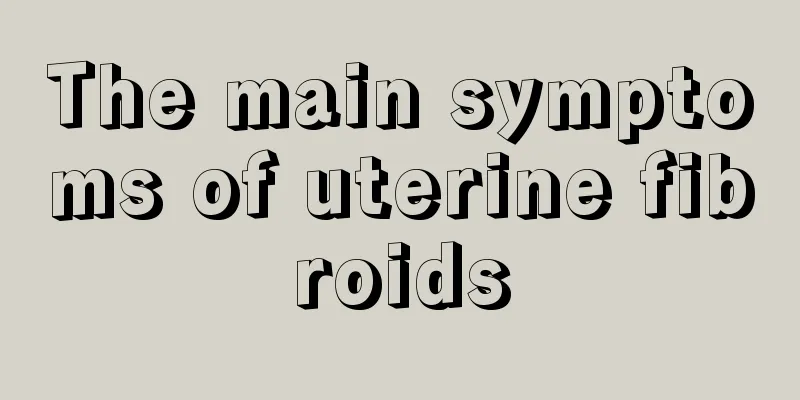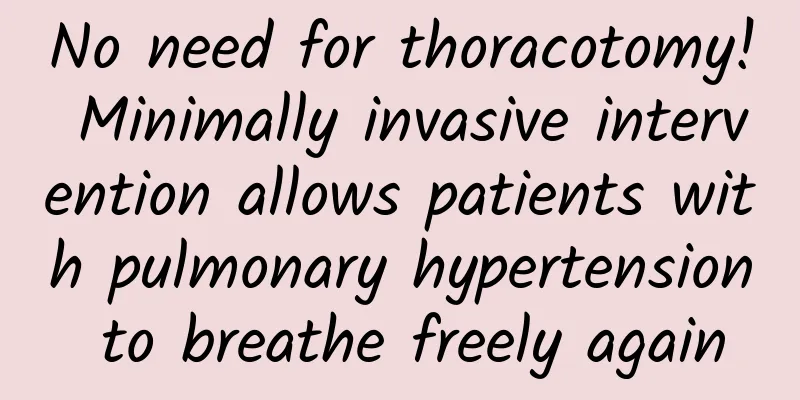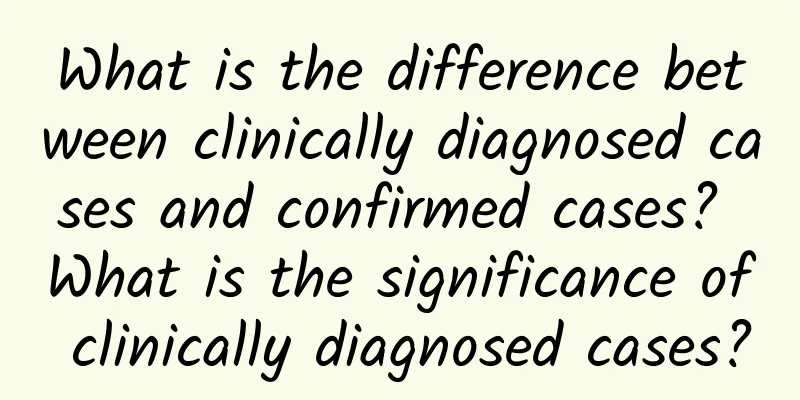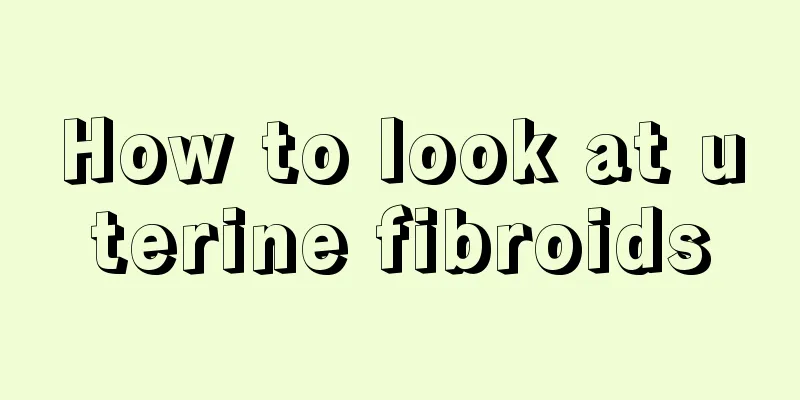The main symptoms of uterine fibroids

|
Nowadays, due to various environmental pollution and air pollution, many women suffer from various diseases. If you go to the hospital, you will find that each department is crowded. No one wants to see gynecological diseases, but many women suffer from uterine fibroids, symptoms of uterine fibroids, and symptoms of intramural uterine fibroids. Symptoms of intramural uterine fibroids The common symptoms of intramural fibroids include: 1. There are usually no symptoms. The symptoms are mainly related to the growth location, growth rate and whether the uterine fibroids have metastasis. 2. Vaginal bleeding and secondary anemia: Bleeding is the most common symptom. There may be heavy menstrual flow, prolonged menstrual duration, and shortened menstrual cycles, which are more common in intramural fibroids, while irregular vaginal bleeding and continuous spotting are more common in subserosal fibroids; abnormal uterine bleeding is rarely caused by subserosal fibroids. 3. Lower abdominal pain and compression symptoms: Generally there is no pain. Acute abdominal pain may occur when uterine fibroids undergo red degeneration or subserosal fibroid pedicle twisting. Common symptoms of intramural uterine fibroids include vaginal bleeding and secondary anemia, lower abdominal pain and compression symptoms, and some generally have no symptoms. Regarding the treatment of intramural uterine fibroids, if the uterine fibroids are small, asymptomatic, without complications or metastasis, generally no treatment is required. Especially for those who are close to menopause, because the estrogen level decreases after menopause, uterine fibroids will naturally shrink or disappear, and only regular (3 to 6 months) follow-up visits are required. If the follow-up visit finds that the uterine fibroids are enlarged or the symptoms are obvious, further treatment can be considered. For the treatment of intramural uterine fibroids, surgical treatment is the most common treatment method for intramural uterine fibroids. If the patient does not respond effectively to medication and hormone therapy, and the bleeding is severe, it is recommended that the patient undergo minimally invasive hysterectomy to treat intramural uterine fibroids. |
<<: Is it okay to do TCT without HPV?
>>: What does polycystic uterus mean?
Recommend
How to get the new coronavirus vaccine? Here are 10 questions you care about!
How to get the new coronavirus vaccine? Here are ...
What should I do if my vaginal discharge is like tofu dregs?
For women, vaginal secretions such as leucorrhea ...
Causes and symptoms of vulvar lichenification
Women all want to make their vulva healthier so t...
The relationship between sexual behavior and cervical cancer
The incidence of cervical cancer is so high, so w...
Contractions every ten minutes in late pregnancy
In the late stages of pregnancy, pregnant women a...
Will I have discharge when I'm pregnant?
Many female friends don’t understand a lot of thi...
What is the cause of high urine protein in late pregnancy?
During pregnancy, every pregnant mother hopes tha...
Knee pain? Try this exercise rehabilitation!
In daily diagnosis and treatment, I often encount...
How to regulate women's dampness
The incidence of women with excessive dampness is...
Excessive exercise can cause damage to women's private parts
Experts warn that women are most likely to injure...
White discharge a bit reddish brown
Leucorrhea is a physiological phenomenon that man...
Leep knife treatment of cervical hypertrophy
The sentence "Who made women" is very w...
How to treat moderate chronic cervicitis with physical therapy?
Chronic cervicitis is a common disease among wome...
What to do if your breasts are soft
The breasts are an important reproductive organ i...
What is the cause of vaginal odor and lower abdominal pain?
For female friends who experience symptoms such a...









